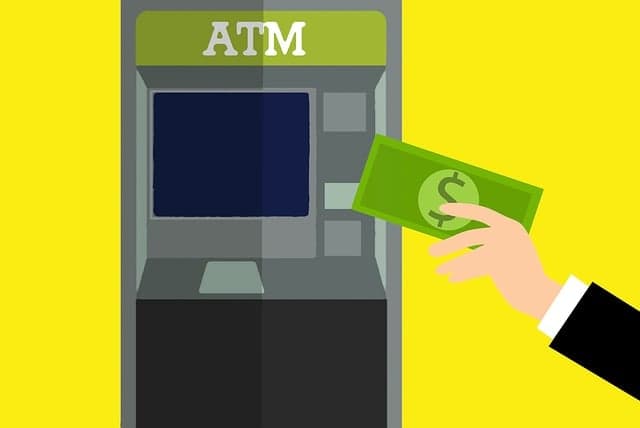Bitcoin ATMs have become an important link between traditional money transactions and the digital world of cryptocurrencies. For new investors, buying and selling bitcoins can sometimes seem like a daunting task, requiring online exchanges, bank accounts and identity verification. However, bitcoin ATMs provide a quick and convenient way to purchase bitcoins using cash or debit cards – just like withdrawing money from a regular ATM.
What is a bitcoin ATM?
A bitcoin ATM (BTM) is a physical kiosk that allows users to buy and, in some cases, sell bitcoins and other cryptocurrencies . Unlike traditional ATMs that are connected to bank accounts, bitcoin ATMs are connected to cryptocurrency networks and allow for blockchain-based transactions.
Bitcoin ATMs generally fall into two categories:
- Single-sided ATMs – these machines allow users to buy bitcoin only.
- Two-way ATMs – allow both buying and selling bitcoins.
These machines are operated by third-party companies and, depending on the country or region, follow different regulatory guidelines such as Know Your Customer (KYC) and Anti-Money Laundering (AML) compliance.
What was the first bitcoin ATM like?
Bitcoin ATMs have not always existed. The first ever bitcoin ATM was installed on October 29, 2013 in Vancouver, Canada, inside a coffee shop. The machine, operated by Robocoin, allowed people to buy bitcoin with cash for the first time. It was a success and processed over $10,000 worth of bitcoin transactions on the first day.
Since then, bitcoin ATMs have become hugely popular, especially in the United States, Canada, and Europe. As of February 2025, there are more than 38,000 bitcoin ATMs worldwide and more are being added every day.
Bitcoin ATM fees: what you need to know
Now let’s talk about the bottom line: bitcoin ATMs are more expensive than buying cryptocurrency online.
Common bitcoin ATM fees
- Transaction fees – typically 4% to 25% per transaction.
- Exchange rate markup – some machines charge a fee that exceeds the actual market price of bitcoin.
- Network (miner) fees – some ATMs charge an additional fee to process a transaction on the blockchain.
For example, if the market price of bitcoin is $100,000, an ATM may sell it to you for $102,000 and charge a 10% fee. This means you are paying much more than what the bitcoin is actually worth.
Tip: If you’re going to buy a large amount of bitcoins, check out an online exchange first – you may save on fees.
